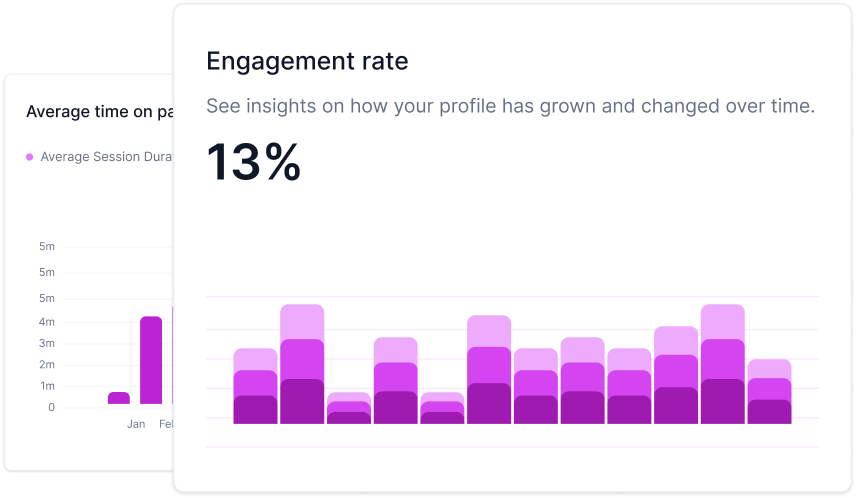What is CRM?
CRM stands for Customer Relationship Management. At its core, it's a strategy and a set of tools designed to improve interactions with current and potential customers. A CRM system consolidates customer data from multiple channels, giving businesses a centralized platform to manage, analyze, and leverage this data. This includes contact information, sales history, support interactions, and more.
How can it benefit my business?
CRM offers a myriad of benefits, which can be distilled into three main points:
- Enhanced Customer Relationships: By having all your customer data in one place, you can better understand their needs, preferences, and buying patterns, allowing for personalized communication and offers.
- Increased Efficiency: Automation features mean your sales and customer support teams don't have to spend time on manual tasks, leading to increased productivity.
- Data-driven Decisions: With a wealth of data at your fingertips, your business can make informed decisions, forecasting trends, and refining strategies for better results.
Which CRM software or platform is best suited for my business needs and size?
The CRM market is flooded with options, each with its unique features and pricing. For small businesses, platforms like HubSpot CRM or Zoho CRM might be a good start due to their user-friendly nature and affordability. Larger corporations might lean towards solutions like Salesforce or Microsoft Dynamics 365, known for their robust features and scalability. Your choice should consider factors like the size of your business, your budget, specific needs (like e-commerce integration), and desired scalability.
How do I integrate CRM into my current business processes and ensure my team adopts it effectively?
Integrating a CRM system requires both technical setup and a change management strategy.
- Technical Integration: This involves importing existing customer data into the CRM, setting up automation rules, and possibly integrating with other tools your business uses, such as email marketing platforms.
- Team Adoption: This is often the trickier part. Start with training sessions to familiarize your team with the new tool. Encourage its daily use, and maybe even gamify the adoption process. Regularly gather feedback to address concerns or challenges.

